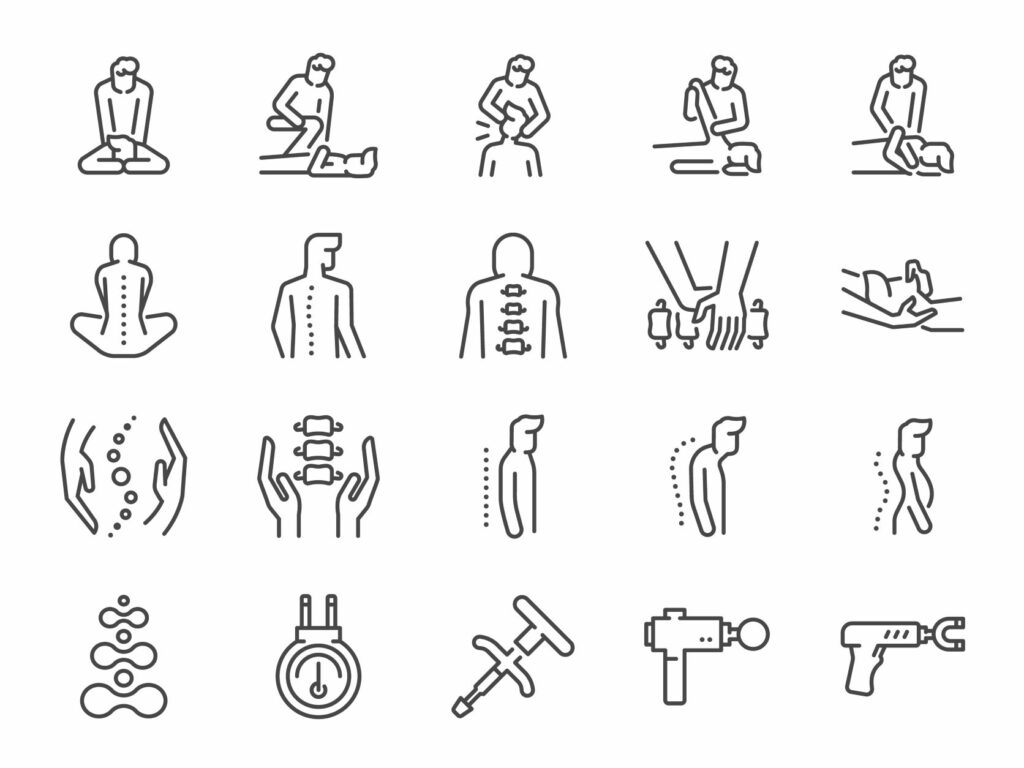Soft Tissue Injuries Explained:
Chiropractor's Guide to Understanding and Treatment
Hello, dear readers! Today, we delve into the world of soft tissue injuries, a topic often overlooked despite its significance. As chiropractors dedicated to promoting holistic health and wellness, we believe that education is the key to prevention and recovery. So, grab a cup of tea and let’s unravel the mystery of soft tissue injuries together.
What Are Soft Tissue Injuries?
Types of Soft Tissue Injuries
- Strains: A strain occurs when a muscle or tendon is overstretched or torn. Commonly experienced during physical activities, strains can range from mild discomfort to severe pain.
- Sprains: Sprains affect ligaments, which are tough, fibrous tissues connecting bones to each other. Twisting or wrenching a joint can cause sprains, leading to pain, swelling, and instability.
- Tendonitis: This condition arises from repetitive use of a tendon, causing inflammation and pain. Tendonitis is often associated with sports or occupational activities involving repetitive movements.
- Bursitis: Bursae are fluid-filled sacs that cushion joints, reducing friction. Bursitis occurs when these sacs become inflamed due to overuse or trauma, leading to pain and restricted movement.
- Fasciitis: Fascia, the connective tissue surrounding muscles and organs, can become inflamed due to repetitive stress or poor posture, resulting in conditions like plantar fasciitis or IT band syndrome.


Causes and Symptoms
Diagnosis and Treatment
Treatment Options
- Chiropractic Care: Gentle adjustments and manipulations can help restore proper alignment, reduce muscle tension, and improve circulation, aiding the body’s natural healing process.
- Physiotherapy: Targeted exercises and stretches are designed to strengthen muscles, enhance flexibility, and promote healing. Modalities are used to reduce pain and inflammation in the soft tissue.
- Massage Therapy: Deep tissue massage can alleviate muscle tension, improve blood flow, and accelerate healing by breaking down scar tissue.
- Rest and Ice: Resting the injured area and applying ice can reduce inflammation and provide relief.
- Anti-Inflammatory Medications: Over-the-counter medications can temporarily alleviate pain and inflammation, but they should be used under medical guidance.
- Preventive Measures: Educating patients about proper body mechanics, posture, and techniques during physical activities is crucial to preventing future injuries.
Conclusion
Soft tissue injuries may be common, but they’re certainly not trivial. As a chiropractor, my goal is to empower individuals with knowledge that helps them make informed choices about their health. Remember, seeking professional guidance and taking preventive measures can make all the difference in preventing, treating, and recovering from these injuries. Here’s to a healthy, pain-free life filled with vitality and joy! Click here to schedule your appointment.
